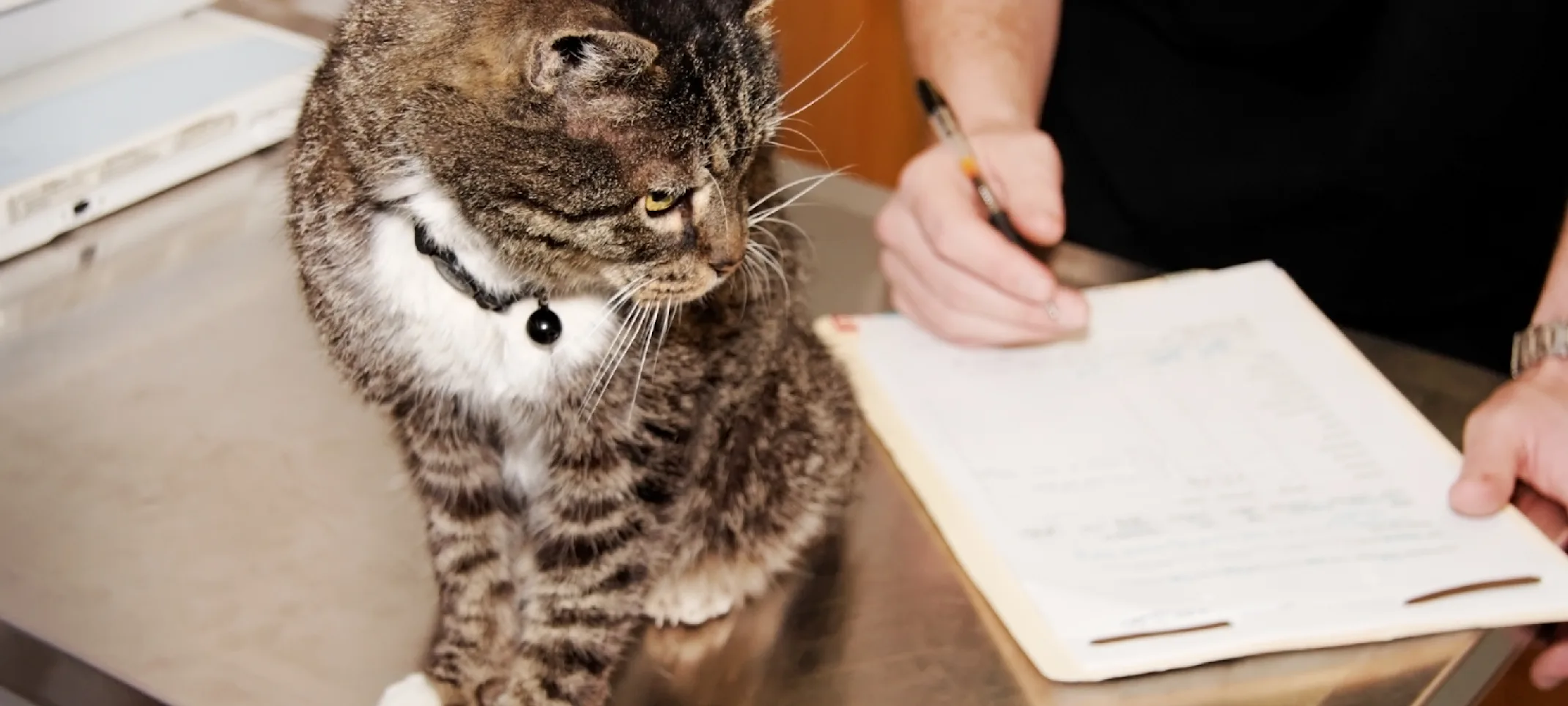Dogs and Cats Emergency & Specialty
Magnetic Resonance Imaging (MRI) for Pets
Magnetic resonance imaging, more commonly known as an MRI, is a highly useful tool used in veterinary medicine when more traditional diagnostic measures cannot provide an accurate diagnosis for diseases in the brain or the spinal cord.

Overview
An MRI uses magnetic fields and radio waves to create extremely high-quality, detailed images of the brain and spinal cord.
Why would my pet need an MRI?
An MRI is a highly versatile tool for diagnosing diseases in the brain or the spinal cord, also known as magnetic resonance imaging. An MRI is particularly useful for looking at soft tissue structures, and it is more detailed than getting a computed tomography (CT) scan. An MRI can detect and help your vet diagnose many problems, including tumors, inflammation, stenosis (narrowing of a part of the body), herniated discs, tracking nerve fibers, typing brain tumors without needing a biopsy, assessing tumors for malignancy, and determining what type of treatment a tumor may need (surgery or radiation therapy).
When would my pet get an MRI test?
MRIs are useful diagnostic tools and can be used to examine: bones, muscles, ligaments, tendons, the brain and nervous system, internal organs, and the spine, shoulders, or the knees of your pet. If your pet suffers from back problems, seizures, or even paralysis, then your vet may suggest an MRI to help them diagnose the problem and help alleviate the symptoms your pet is experiencing. An MRI is painless and considered to be effective and safe because they do not use any radiation. Because your pet must stay completely still during this procedure, they will receive some anesthesia before the test takes place.
How does MRI testing work?
An MRI is the most common diagnostic imaging tool used (for humans and animals) because it’s typically completely painless and it’s a safe and non-invasive procedure (complications are extremely rare occurrences). Unlike a CT scan, no radiation is used during an MRI. Instead, an MRI uses a strong magnet and radio waves to generate very high-quality images with superior resolution and detail of your pet’s internal organs and bones when compared to other imaging tools.
Because an animal cannot be asked to lie still for the duration of the procedure, your pet will need to be under anesthesia for the duration of the MRI. Prior to the veterinary MRI taking place, blood tests and X-rays are often done to make sure your pet is as safe a candidate as possible. Complications from anesthesia are very rare.
